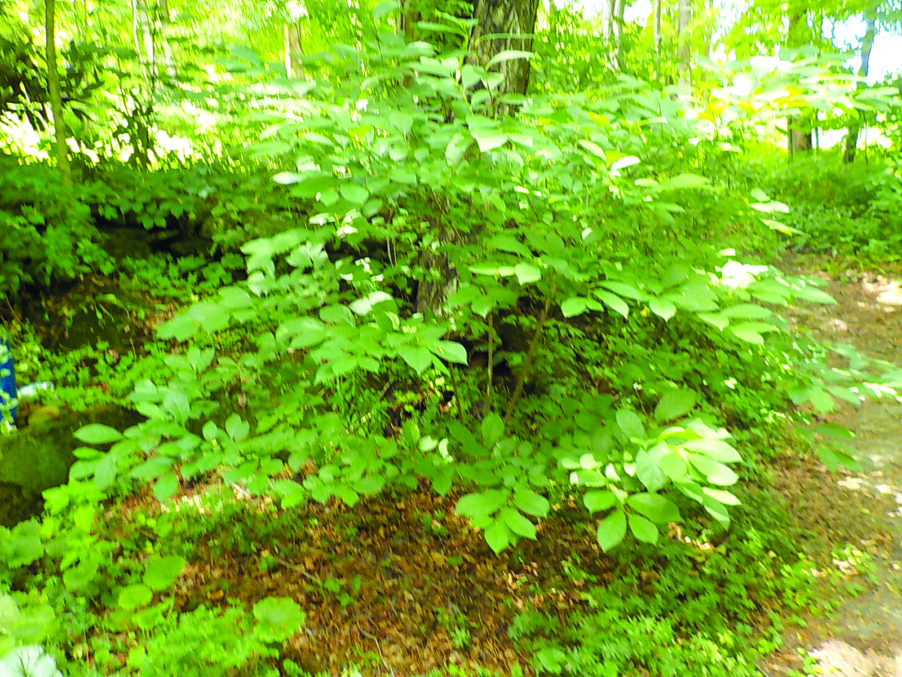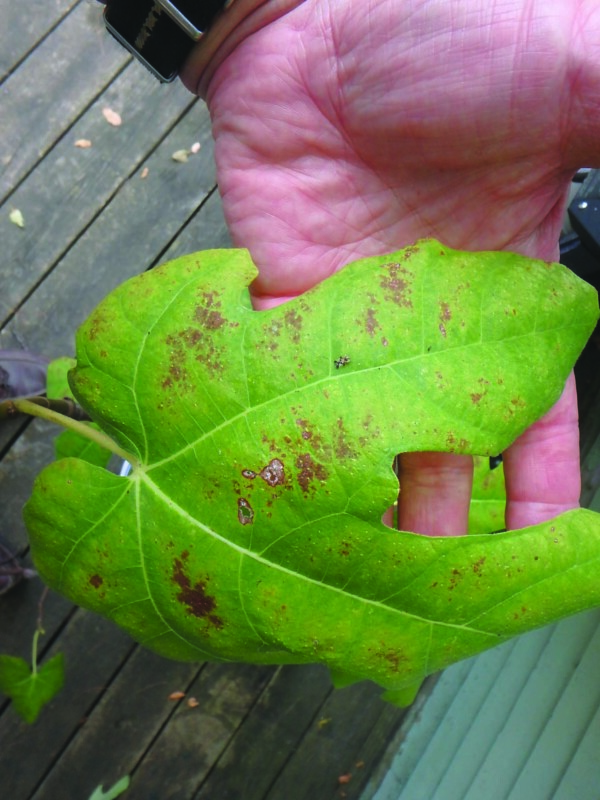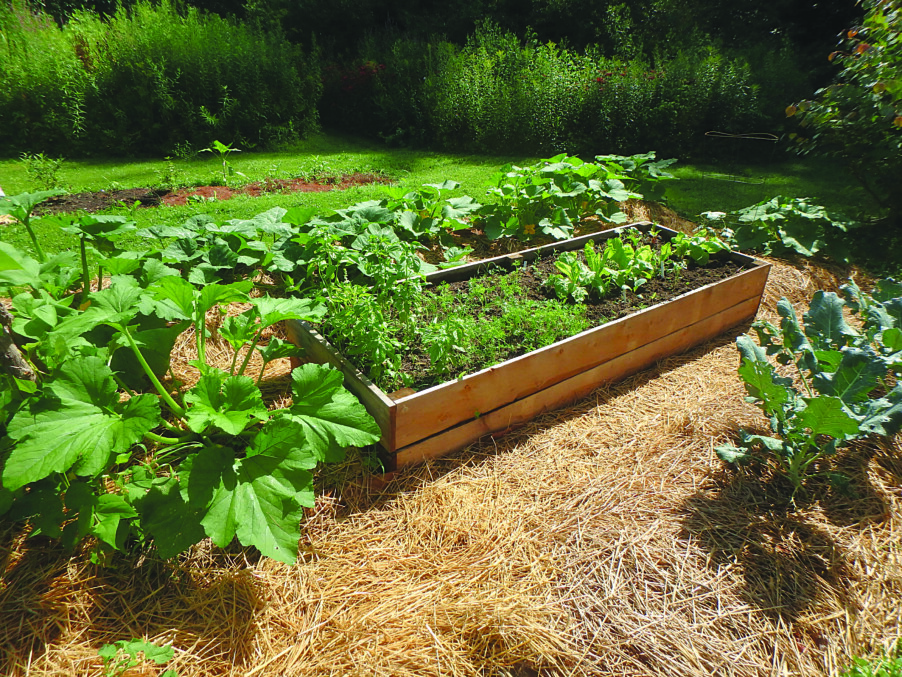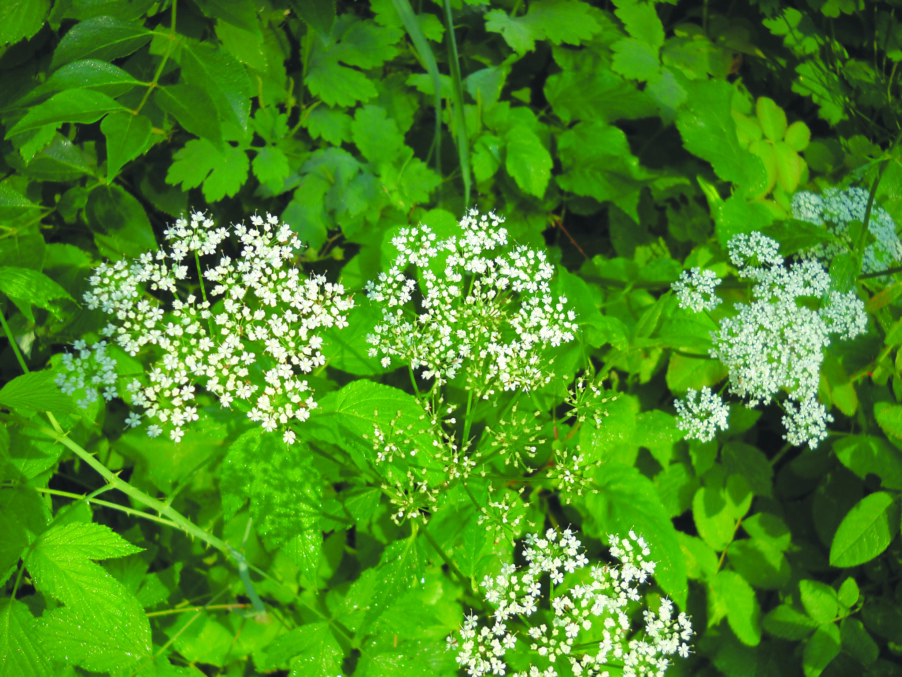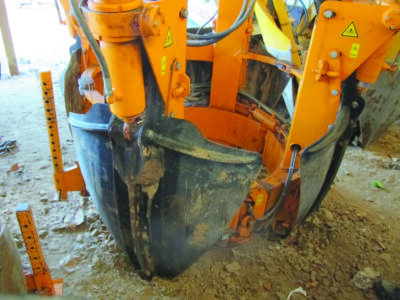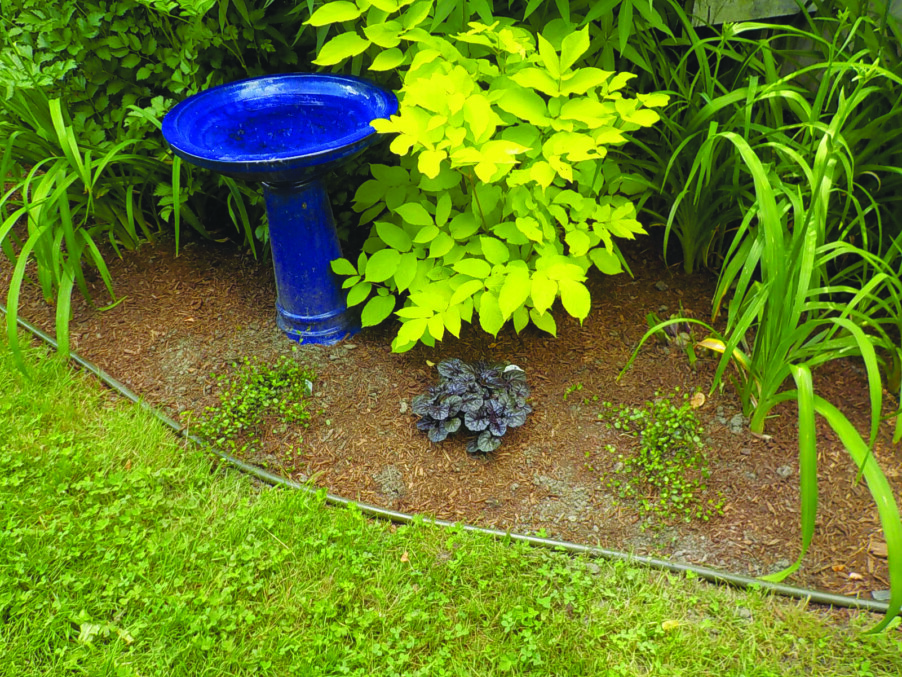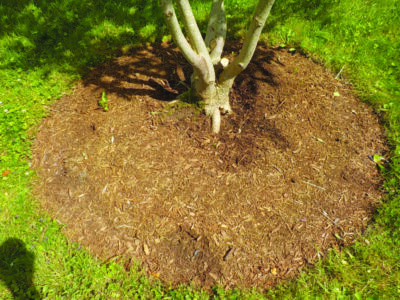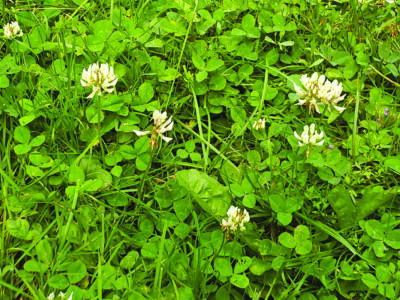Think ahead and don’t buy on impulse
First, August is not the best time for planting trees. Most experts suggest spring or fall when it is cooler and rain more regular. But let’s face it, I’m a gardener, and if I see a nice tree for sale, especially one in bloom or one I’ve been looking for, I am going to get it, no matter what the experts say. And I bet many of you do the same.
I confess to acquiring four trees in late July. I bought three that I had been looking for, and I got a nice one as a gift. And since I have these new trees, I am not going to keep them in their pots until fall. I will plant them, and water them daily, if needed, through the heat of summer. They will do better in the ground than in a pot where roots can easily dry out on hot days. I have planted a few trees and shrubs in my garden this summer, and all are doing fine.
If you are planning on buying trees, allow me to give you some advice. First, NO IMPULSE BUYING! Learn everything you can about the particular tree you are considering well before you buy it. There are books and websites by universities or botanic gardens that provide excellent information. I suggest avoiding websites of companies selling trees. Talk to knowledgeable friends. Ask questions.
Of the tree books on my shelves, I depend most commonly on books written by Michael Dirr. A retired professor, he has been learning about trees and testing trees and talking to growers for more than 50 years. All his books are readable, dependable — and opinionated. His classic is Manual of Woody Landscape Trees: Their Identification, Culture, Propagation and Uses.
At nearly 1,200 pages, his Manual really does cover every tree I have ever wanted to learn about. It’s not flashy: there are no glossy photos to drool over. Just line drawings of the leaves for most species, and lots of good info. If you want a copy, it lists for $81.80 for the most recent (sixth) paperback edition from Stipes Publishing. Or get your library to order one. Secondhand copies are probably available, too.
So start by seeing what the hardiness of a tree is. No point in buying a tree you remember from your time living in North Carolina unless it is hardy in your zone, too, which it might well be. Then look at what he calls culture: soil, pH and sun/shade requirements.
Read what Dr. Dirr says about size. He generally tells you how big a tree will get in the garden, how fast it grows, and the biggest size known. Let that be a guide. It is so easy to buy a small tree and plant it without really thinking what it will be like in 50 years. I remember a little evergreen growing in front of our house when I was growing up. When we bought the` house in 1954, we decorated it with Christmas lights. Then in later years we used a stepladder to put more lights on. By the time I left for college, it was nearly as tall as the two-story house — and blocking the view from some windows.
So before buying a new tree, try to see what a mature specimen looks like in your town or state. Go to a public park or arboretum (a zoo, of sorts, for trees). Pay attention to the width of the tree, not just the height.
Looking in a forest to see how close trees grow together is not the answer. Trees are wonderful, and many people have done research on how trees communicate with each other (see The Hidden Life of Trees: What They Feel, How the Communicate, a New York Times bestseller in 2016 by Peter Wohlleben), but they aren’t very smart (by our standards, at least). And they don’t plan very well. Where a seed lands, it will try to grow — even if it is right next to another tree, or in a shady place where it will not thrive.
Some years ago I planted a spicebush (Lindera benzoin). This is a native shrub that thrives in the shade, even in dry shade. It has fragrant, spicy leaves, twigs and berries. I used to chew on the twigs when I was a boy in lieu of chewing gum, which was prohibited by my parents. Dr. Dirr says it grows 6 to 12 feet high “with a similar spread.” Mine now is 6 to 8 feet high with an 8-foot spread. My new specimens are in two-gallon pots, just 24 inches tall. I was about to plant them 3 or 4 feet apart, but stopped myself. If a mature tree is 8 feet wide, it is 4 feet from the center of the tree to the outside. So a pair of them should be about 8 feet apart, or at least 6.
In the past two years I’ve been working to develop a private arboretum on what was a 5-acre lawn, now a meadow. Last summer we planted about 100 native trees and shrubs of many species, including a dozen oaks of various kinds and sizes. It’s a five-year project.
A mature oak can be 75 feet tall with a spread of 50 feet or more. But I did not plant them 50 feet apart. I want the roots to interact, sharing nutrients and knowledge. And in a storm, intertwined roots can help prevent trees from toppling over. So I planted most about 30 feet apart. I’ve seen oaks in a meadow like the one I’ve been planting: the branches between trees touched but did not intrude on their neighbors. On the sides facing the meadow, the branches were longer. Yes, somehow they communicate.
So feel free to wait until the weather is cooler and rain more frequent to plant new trees. But if you must plant now, keep everything well-watered!
Featured photo: Spicebush is a great native shade shrub. Courtesy photo.

